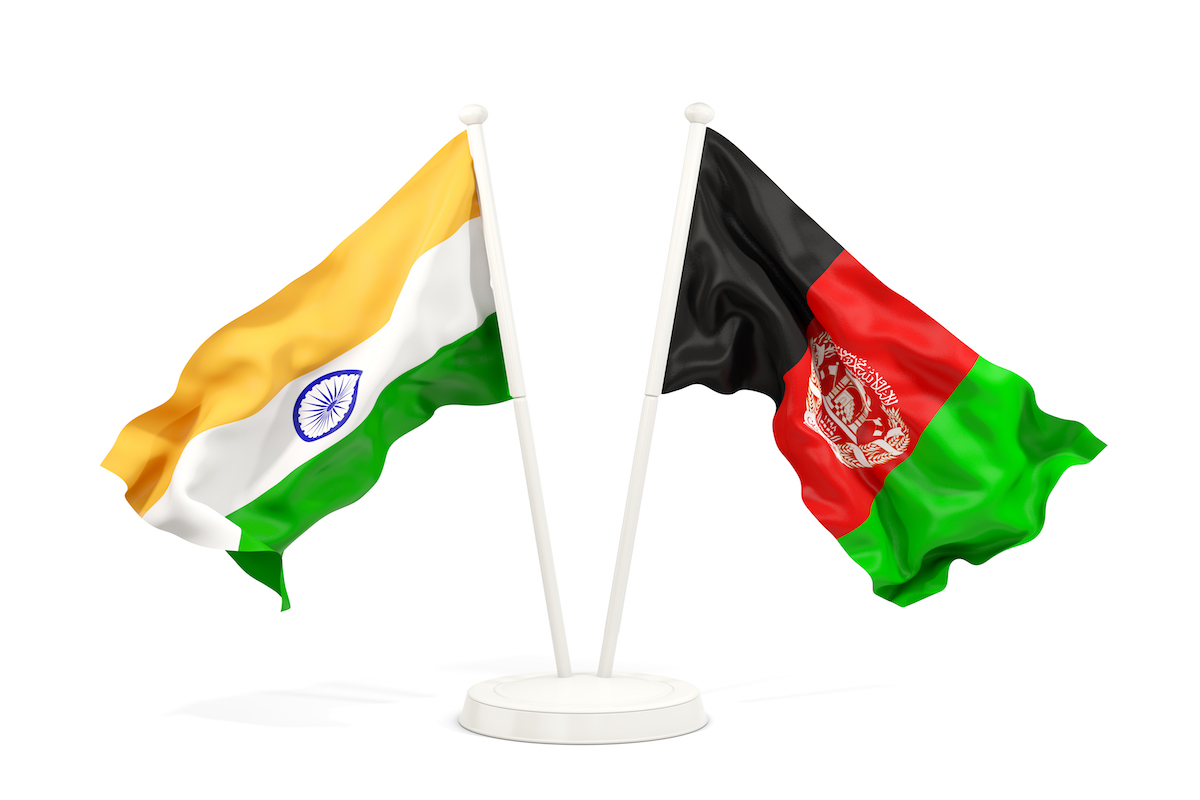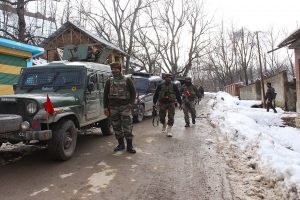Amidst the crippling pandemic, 2020 saw 70 countries and 33 international organizations gather in Geneva for The Afghanistan Conference, to renew their aid till 2024. A series of virtual discussions saw the international committee pledge an annual sum of $3.3 billion which was to remain almost the same till 2024.
Such a compassionate move towards the Afghans was made at a time when every one of the pledging countries was bleeding from the pandemic – a strong message sent by them that Afghanistan and her children were not abandoned.
Advertisement
India, in this conference, announced $80 million worth of 100 community development projects, over and above the existing development projects undertaken by the country for Afghanistan over the previous two decades.
Since 2001, India has invested close to $3 billion in the civic infrastructure of the “land of the Afghans’’. The 218-km-long ZalranjDelaram Highway, costing approximately $150 million, the refurbishment of the 19th-century monument, Stor Palace, and the $275 million Salma Dam (also known as the Afghan-India friendship dam project) are some of the development projects undertaken by India for the betterment of the Afghanistan economy.
The Salma Dam was completed and inaugurated in 2016 against innumerable hurdles, including attacks from the dreaded Taliban. According to reports, nearly 13 Indian engineers were killed during these attacks. India has contributed to not just to developing roads, dams, libraries, and buildings but has also contributed markedly to the economy of the country by being one of Afghanistan’s largest export markets.
The valuation of exports in 20212021 was $500 million, the majority being dried fruit and perishables. 2020 and 2021 saw the world crumble to Covid 19, the world economy took a major hit, but for Afghanistan terror wasn’t limited to the life-threatening disease.
Afghans were in dire duress for the Taliban had returned! Taliban, (‘students’ in the Pashto language), is an extremist group that had emerged in the early 1990s in northern Pakistan, closely following the withdrawal of Soviet troops in Afghanistan. The Taliban’s promise in its early years was to restore peace and security by enforcing its own unrelenting version of Sharia (Islamic law).
From southwestern Afghanistan, the Taliban spread its fangs through the province of Herat, then entered the capital Kabul. By 1998, they had engulfed almost three-fourths of Afghanistan. The name evoked global disturbance post the 9 November 2001 attacks on the United States, and it was believed that the Taliban provided protection and support to the man behind the heinous act, Osama Bin Laden and his Al Qaeda organisation.
US-led military attacks ended the reign of the Taliban, forcing their then leader Mullah Mohammad Omar, Osama Bin Laden, and other senior figures to escape and seek refuge in the Pakistani city of Quetta. Pakistan however has repeatedly denied supporting the Taliban. Through the 2000s, the Taliban launched several violent attacks on Afghanistan, including the raid on Nato’s Bastion base camp in 2012.
The culmination of talks between the US and the Taliban resulted in the US-Taliban peace deal in February 2020. This however was not an end to their game but merely a shift. The Taliban changed its tactics from complex city attacks to serial, targeted assassinations to terrorize Afghani civilians. Journalists, judges, women in power and peace activists were killed.
The Taliban wanted to reinstate instil permanent fear in the minds of the Afghans. Despite the serious concerns of Afghani officials, US president Joe Biden announced in April 2021, that he planned to withdraw US forces from Afghanistan by 11 September. This was the beginning of the end for Afghanistan and her people.
Within a mere 10 days of the departure of US forces, the Taliban cut through Afghanistan, toppling the government. As far as India is concerned, these events have an obvious effect on trade, impacting a market of over $1.5 billion. But this is the lesser of New Delhi’s concerns, as opposed to the threat to national security.
India had invested in Afghanistan mainly out of good faith but also to reduce the influence of Pakistan and China. Making Afghanistan an Indian ally was beneficial to the country in the long run. Post the Taliban re-entry, terror groups in India are expected to feel victorious at seeing an Islamic force take charge in such a violent way. Violence unfortunately is associated with strength for such extremist organisations.
Groups like Lakhskare-Toiba and Jaish-e-Mohammad could use it to gain support from the ISI and Pakistan to infiltrate further into Jammu and Kashmir and may also try to seep into other parts of the country. Two suspected terrorists, allegedly linked to Al Qaeda, with handlers in Pakistan and Afghanistan, were arrested in Lucknow, along with the not so coincidental drone attack on the Indian Air Force base in Jammu and several drone sightings over Indian assets.
Taliban supported activist groups have already seeped into POK. A China-Pakistan-Taliban alliance may become a difficult challenge for India’s security and to the stability of southeast Asia. The change in the political scenario changes the power structures of Southeast Asia and India.
India stood the test of time as a backbone to the economic and democratic development of Afghanistan. She stood tall behind and beside the Afghans. But what will happen when the saviour needs saving?
(The writer is a young entrepreneur and co-founder of a creative agency)











